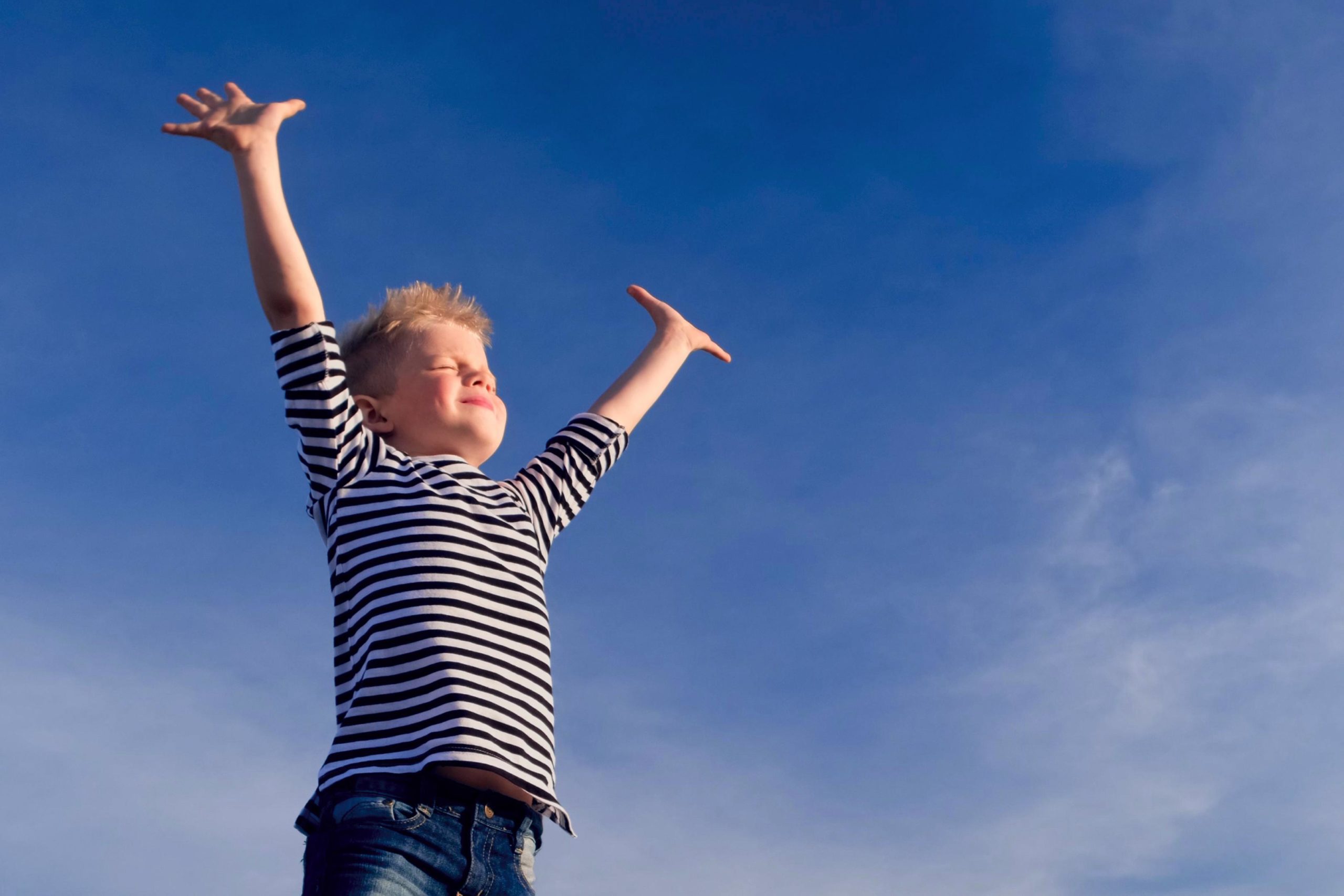20 Mindful Breathing Exercises for Children
In today’s fast-paced world, it’s essential to teach children how to manage their emotions and find moments of calm. Mindful breathing exercises are powerful tools that can help kids build emotional resilience, reduce stress, and improve focus. These exercises are simple, effective, and can be incorporated into a child’s daily routine. In this article, we’ll explore 20 unique mindful breathing exercises designed specifically for children.

The Balloon Breath
Imagine your belly as a balloon. Inhale deeply through your nose, filling your belly with air. Exhale slowly through your mouth, imagining you’re deflating the balloon.
Pretend You’re a Flower
Sit or stand like a flower with your hands together at your heart. Take a deep breath in, imagining you’re smelling a beautiful flower. Exhale slowly, blowing the imaginary petals away.
Starfish Breath
Spread your fingers wide like a starfish. Inhale as you open your arms wide, then exhale as you bring your hands back together, feeling your fingers touch.
Snake Breath
Hiss like a snake as you exhale slowly. Inhale quietly through your nose. Repeat, feeling your breath mimic the movements of a snake.
Rainbow Breath
Visualize a rainbow arching above you. Inhale one color at a time, starting from the bottom and exhale in reverse order. This exercise encourages mindful awareness of colors.
Bee Breath
Place your index fingers against your ears, thumbs over your eyes, and other fingers resting on your face. Inhale deeply, then hum like a bee as you exhale slowly.
Counting Breaths
Take ten deep breaths, counting each one as you inhale and exhale. This exercise enhances concentration and helps regulate breathing.
Balloon Belly
Lie down and place a small toy or book on your belly. Inhale deeply, making the object rise, and exhale slowly, watching it fall. This helps kids learn diaphragmatic breathing.
Bubble Breaths
Blow imaginary bubbles by taking a deep breath in and gently blowing out. This exercise teaches children to control their exhalation.
Ocean Waves
Sit comfortably and close your eyes. Imagine the gentle ebb and flow of ocean waves as you inhale and exhale.
Flower Bed Breaths
Lie down and visualize yourself in a beautiful flower garden. Inhale the fragrance of the flowers and exhale any tension or worries.
Candle Breath
Light an actual candle and have the child gently blow on it to make the flame flicker. Inhale deeply and exhale slowly while watching the flame.
Bear Breath
Pretend to be a bear. Take a deep breath in and roar like a bear as you exhale slowly.
Cloud Breaths
Lie down and look at the sky. Inhale deeply as you imagine fluffy clouds passing by. Exhale slowly, watching the clouds drift away.
Hot Chocolate Breath
Imagine holding a cup of hot chocolate. Inhale the warm, chocolatey scent, and exhale to cool it down. This exercise is particularly comforting.
Feather Breath
Hold a feather in front of you. Inhale deeply, trying to keep the feather still. Exhale slowly, again aiming to keep the feather from moving.
Lion’s Roar
Sit up tall and take a deep breath in. Then, stick your tongue out and roar like a lion as you exhale loudly. This exercise releases pent-up energy.
Windmill Breath
Extend your arms to the sides, and rotate them in a circular motion as you breathe in and out. This exercise is excellent for improving coordination and focus.
Hug Breath
Give yourself a gentle hug as you breathe in, feeling the warmth and comfort. Exhale slowly as you release the hug.
Animal Breathing
Choose an animal and mimic its breathing pattern. For example, rabbits have quick, shallow breaths, while turtles breathe slowly. This exercise teaches adaptability and awareness.
Conclusion
Introducing mindful breathing exercises into a child’s daily routine can be a transformative experience. These 20 unique exercises provide a valuable opportunity for children to connect with their breath, reduce stress, and cultivate emotional resilience. By encouraging mindfulness from an early age, we empower our children with essential tools to navigate the challenges of life with poise and calm.
Read More:- 10 THOUGHTFUL QUESTIONS FOR PARENTS TO ASK DURING PARENT-TEACHER MEETINGS
Read More:- Navigating the Intellectual Odyssey: Unveiling the KVPY Exam



